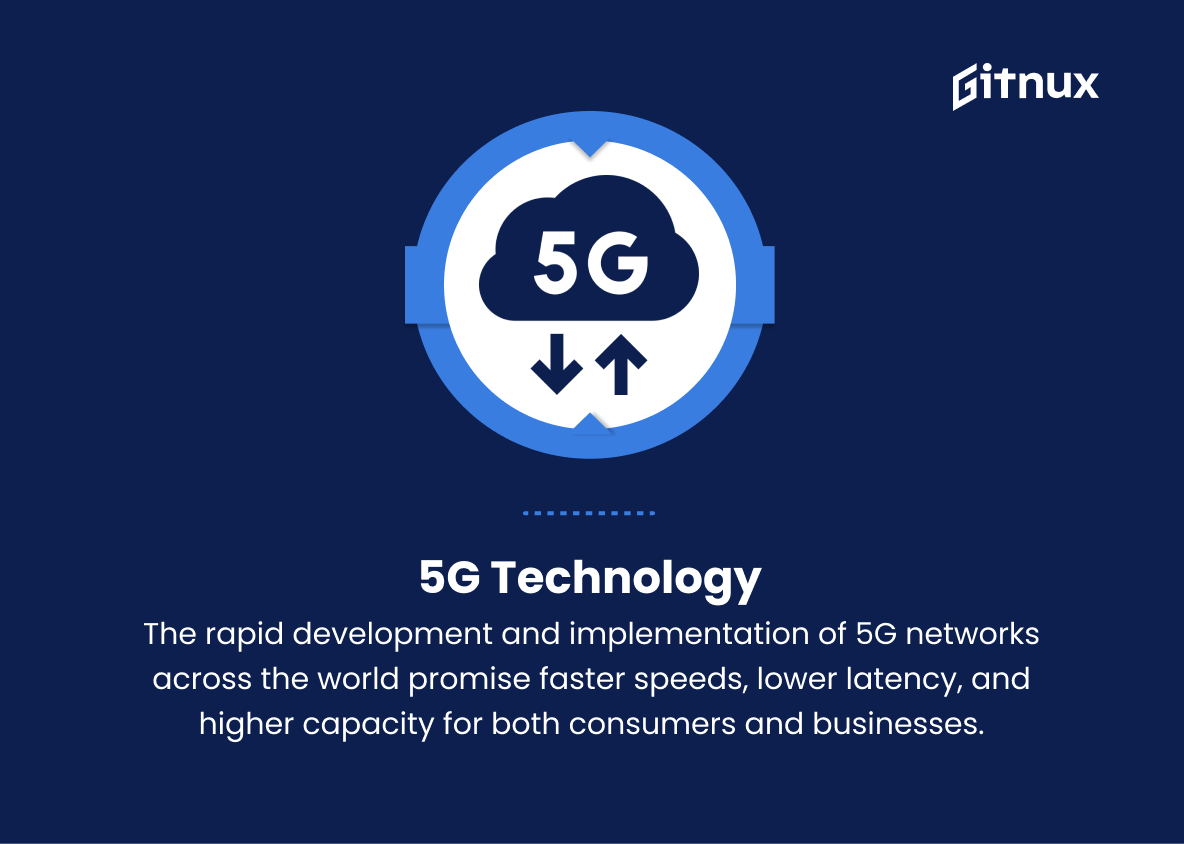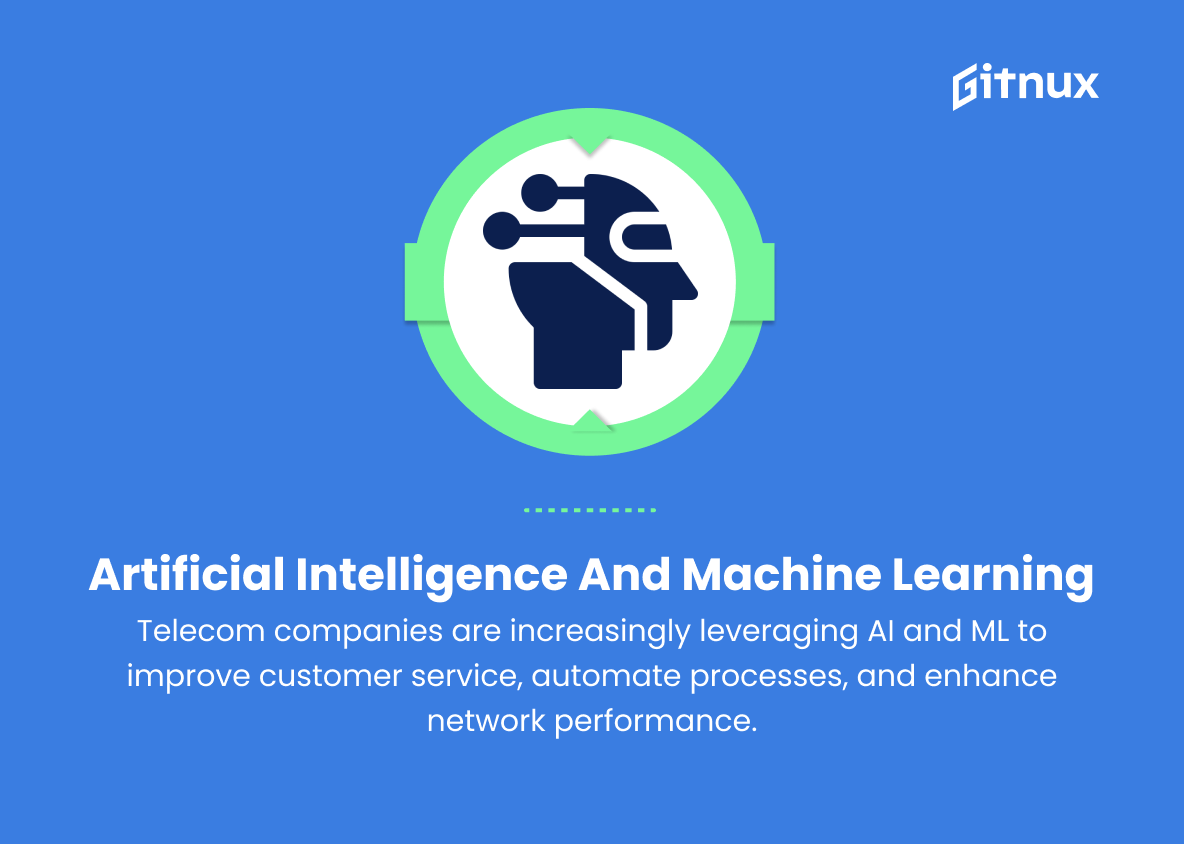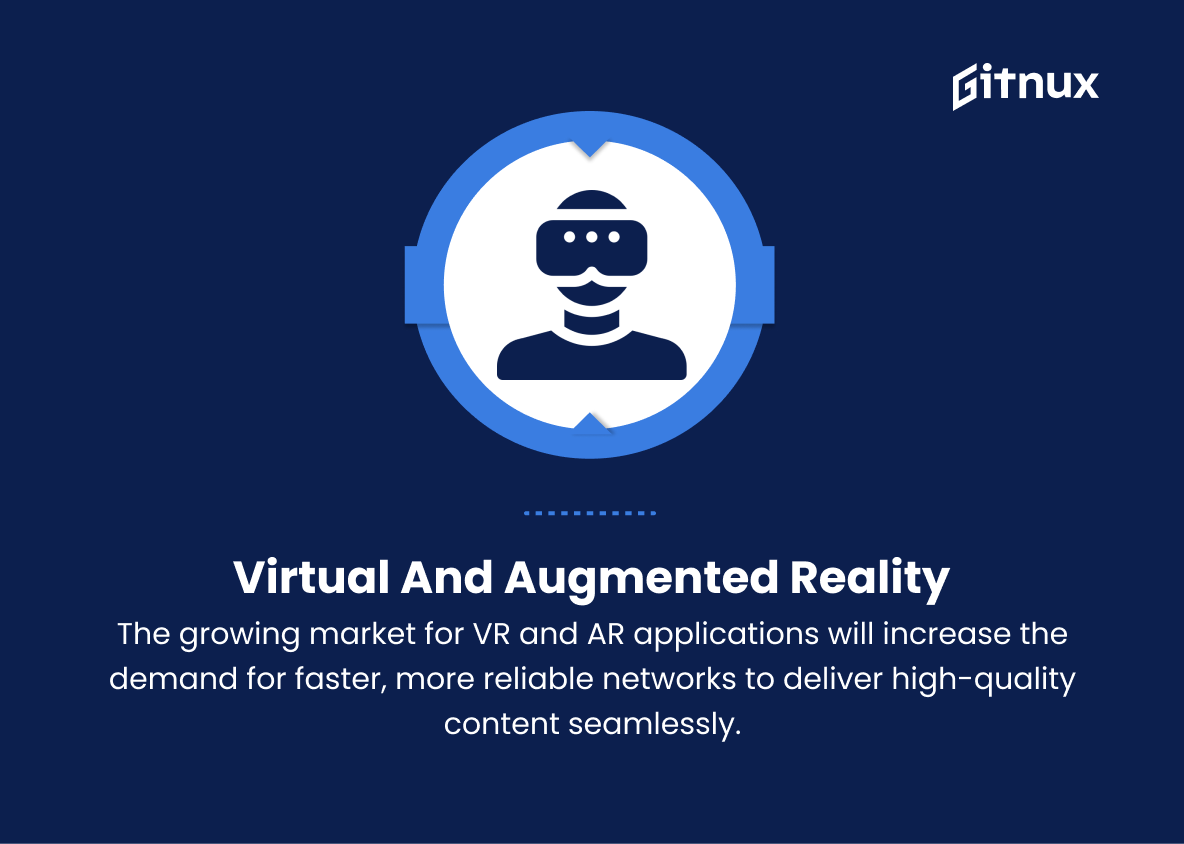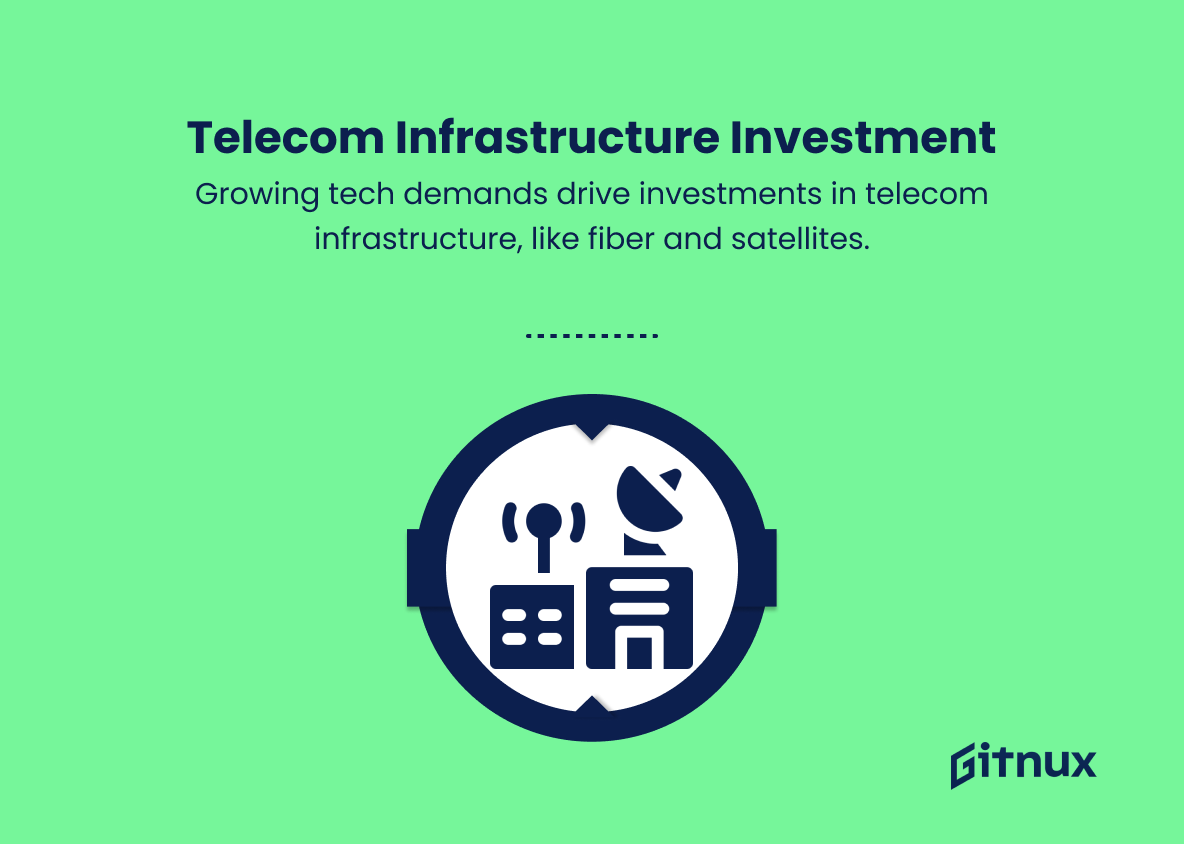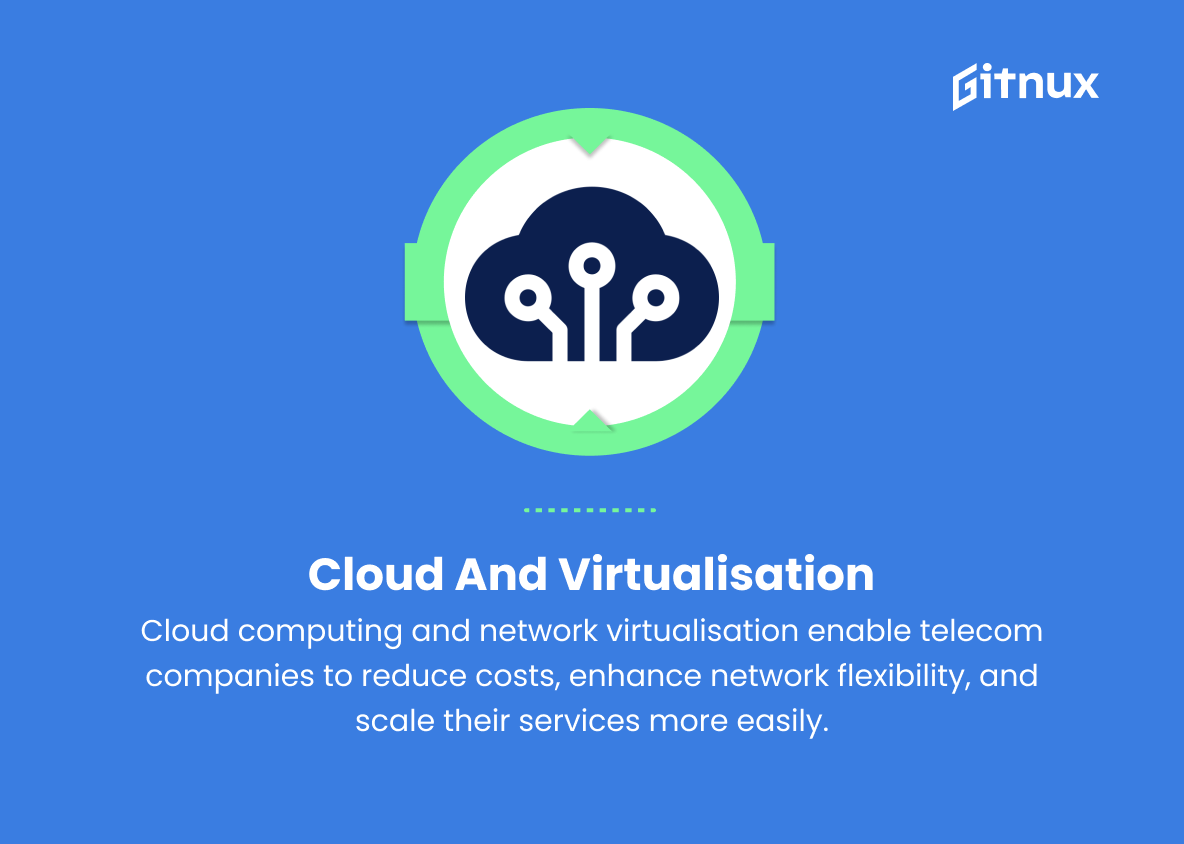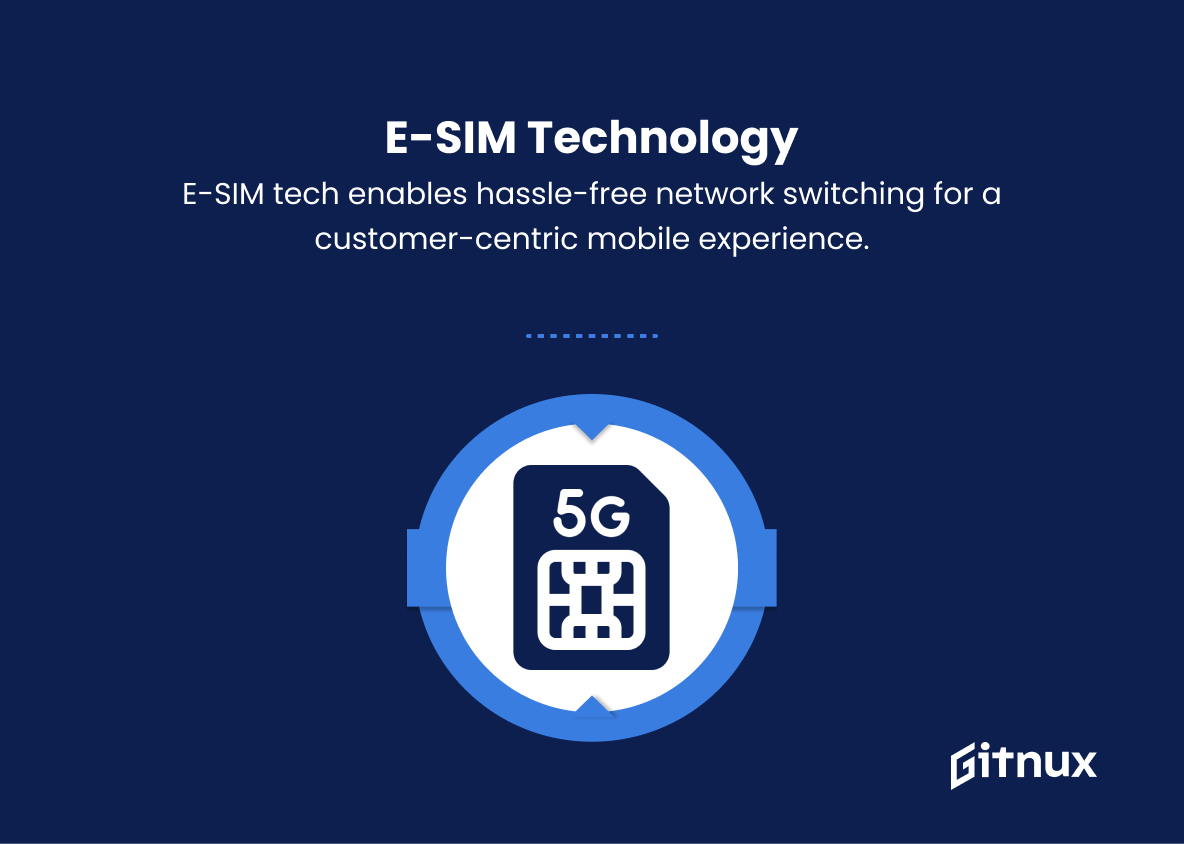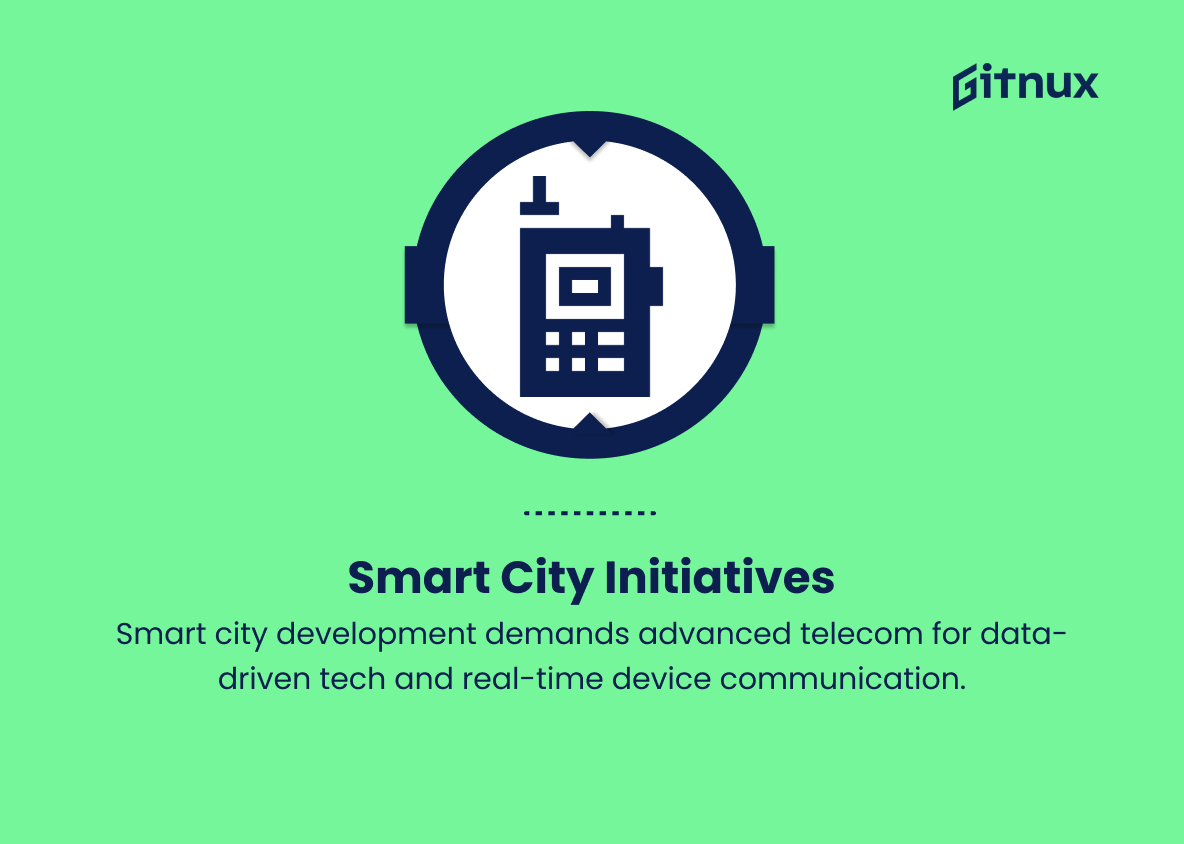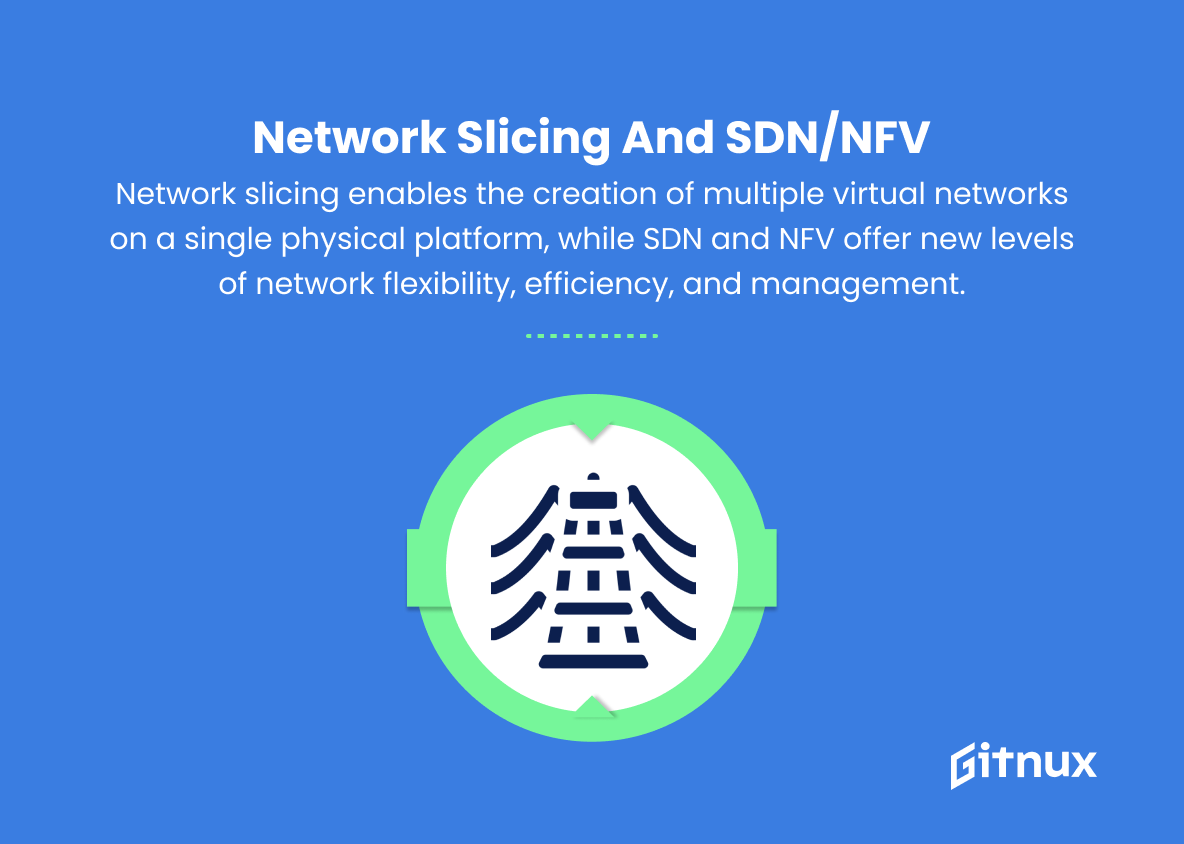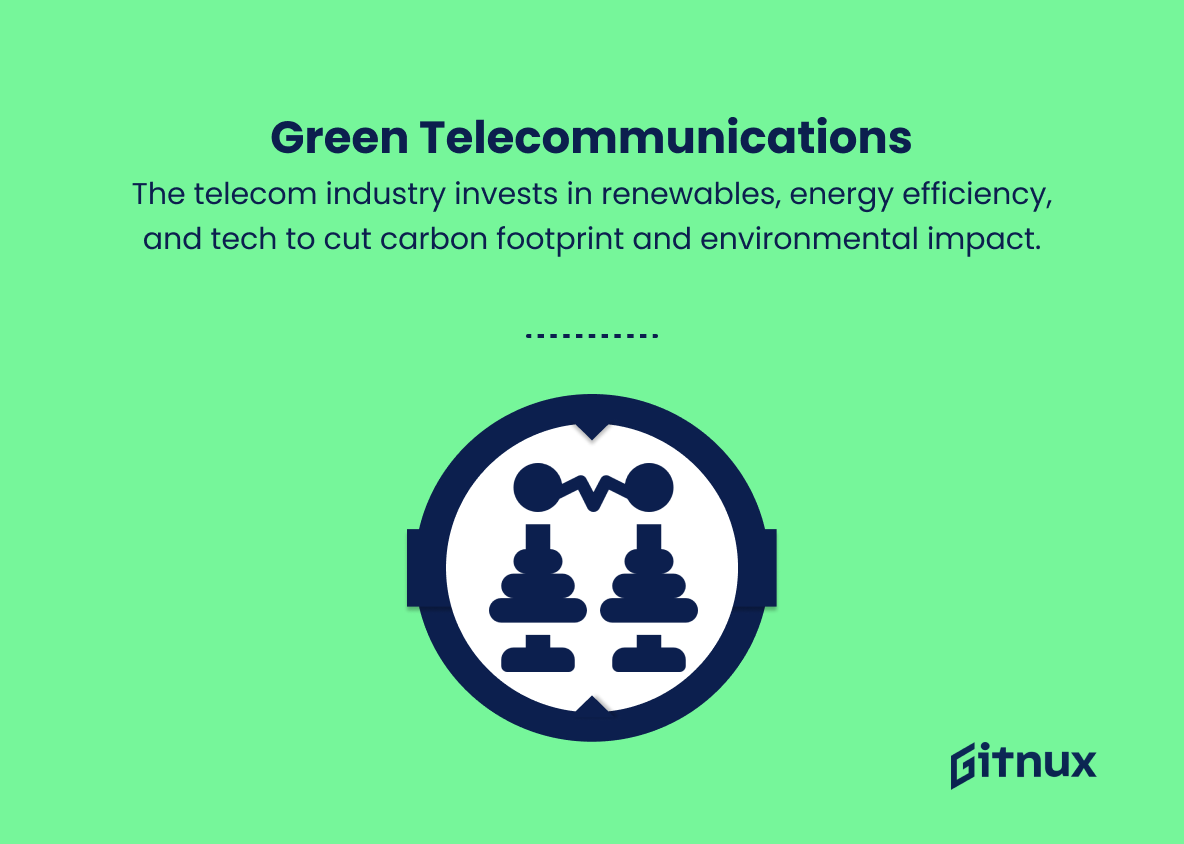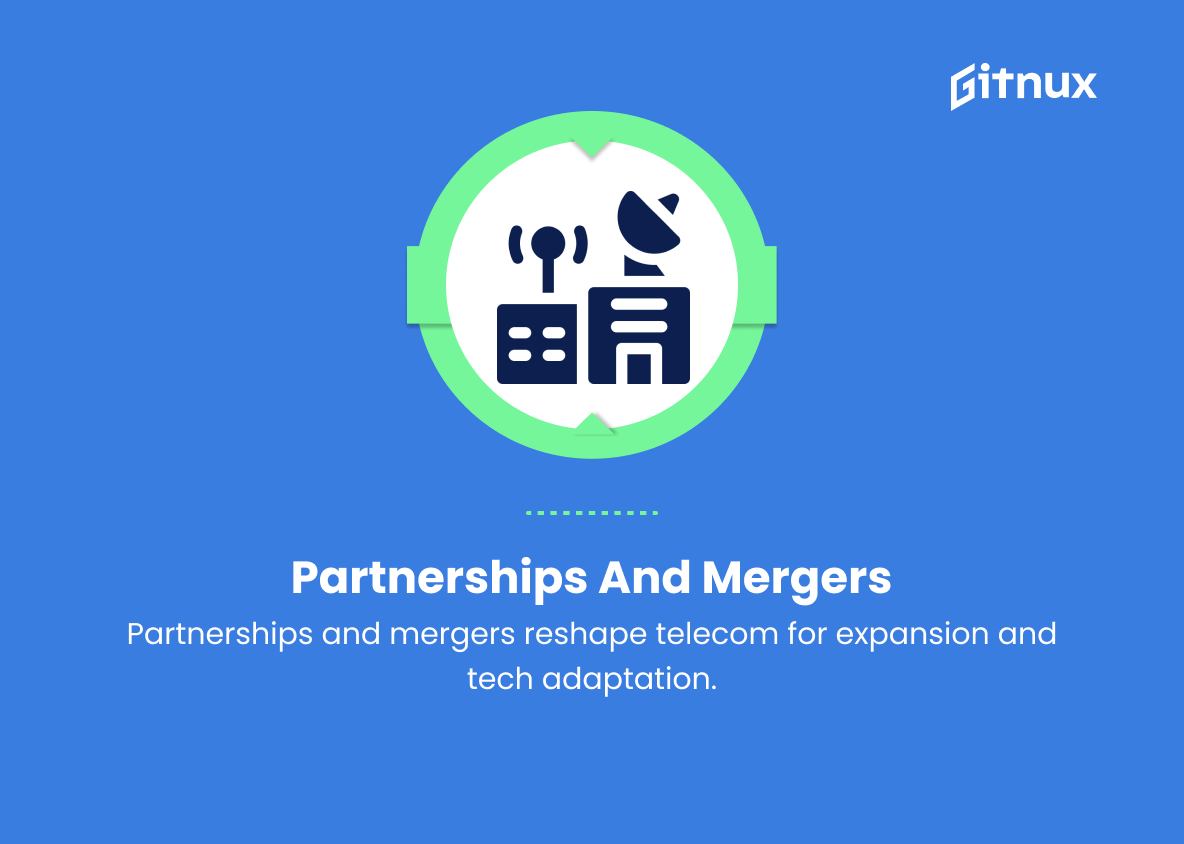As we continue to navigate the ever-evolving digital landscape, the telecommunication industry remains at the forefront of innovation, shaping the way we communicate, work, and live our daily lives. In this thought-provoking blog post, we delve into the latest telecommunication industry trends that are redefining the way we connect across vast distances and disrupting the traditional notions of speed, efficiency, and accessibility.
Join us as we explore the driving forces behind these ground-breaking developments and take a glimpse into the future of a truly connected world.
Top Telecommunication Industry Trends
1. 5G technology
The rapid development and implementation of 5G networks across the world promise faster speeds, lower latency, and higher capacity for both consumers and businesses.
2. Internet of Things (IoT)
The IoT is the result of embedding connectivity and intelligence in a wide range of devices, allowing them to share data and interact with one another. This trend contributes significantly to the growth of the telecommunications industry as the demand for data connectivity and management increases.
3. Artificial Intelligence (AI) and Machine Learning (ML)
Telecom companies are increasingly leveraging AI and ML to improve customer service, automate processes, and enhance network performance.
4. Edge computing
As the demand for real-time data processing and low-latency applications grows, edge computing is emerging as a solution to process data closer to its source, reducing the need for data transmission to centralized data centres.
5. Data privacy and cybersecurity
Ensuring data privacy and protecting users against cyber threats will remain a top priority for the telecom industry as it manages increasingly large volumes of personal and sensitive user data.
6. Blockchain technology
Blockchain has the potential to transform the telecom industry by enhancing security, reducing costs, and automating billing and other administrative processes.
7. Virtual and Augmented Reality (VR and AR)
The growing market for VR and AR applications will increase the demand for faster, more reliable networks to deliver high-quality content seamlessly.
8. Telecommunications infrastructure investment
The need for more extensive and faster networks to support new technologies will spur investment in telecommunications infrastructure, such as fibrotic networks and satellite communication systems.
9. Cloud and virtualisation
Cloud computing and network virtualisation enable telecom companies to reduce costs, enhance network flexibility, and scale their services more easily.
10. E-SIM technology
The adoption of e-SIM technology enables seamless switching between network providers without changing the physical SIM card, promoting a more flexible and customer-centric mobile experience.
11. Smart city initiatives
The development of smart cities requires advanced telecommunications infrastructure to support data-driven technologies and real-time communication between numerous smart devices and systems.
12. Network slicing and SDN/NFV
Network slicing enables the creation of multiple virtual networks on a single physical platform, while Software-Defined Networking (SDN) and Network Functions Virtualisation (NFV) offer new levels of network flexibility, efficiency, and management.
13. Remote work and teleconferencing
The rise in remote work and online collaboration due to the COVID-19 pandemic has accelerated the demand for high-quality telecommunication services to support remote communication and collaboration tools.
14. Green telecommunications
The telecom industry is increasingly investing in renewable energy, energy-efficient equipment, and new technologies to reduce its carbon footprint and minimize environmental impacts.
15. Partnerships and mergers
Strategic partnerships and mergers will continue to shape the telecommunications landscape as companies seek to expand their offerings, enter new markets, and adapt to technological changes.
Implications
The telecommunication industry is experiencing rapid growth and transformation, driven by emerging trends such as 5G technology, IoT, AI, and edge computing. These innovations promise enhanced connectivity, faster data transmission, and more efficient management of networks and devices.
As the world embraces digital transformation, the need for advanced infrastructure is increasingly critical, spurring investment in fibrotic networks, satellite communication, and network virtualisation technologies. Simultaneously, the rise in remote work and teleconferencing forces telecom companies to deliver high-quality services to support seamless communication and collaboration. However, the industry faces challenges in ensuring data privacy, implementing cybersecurity measures, and integrating new technologies like blockchain, e-SIM, and VR/AR.
Smart city initiatives and green telecommunications are paving the way towards more sustainable urban development and reduced environmental impacts. To stay competitive and capitalize on these trends, the industry is expected to witness strategic partnerships, mergers, and acquisitions as it continues to evolve and shape our connected future.
Conclusion
In conclusion, the telecommunication industry is constantly evolving, with new trends emerging and shaping the way we communicate and interact with the world. As technology continues to advance rapidly, there is no doubt that the industry will continue to transform in order to keep up with growing consumer demands and market competition.
Whether it’s the diversification of services, the emergence of 5G connectivity, IoT proliferation, or the focus on security and privacy, each of these developments will undoubtedly play a significant role in shaping the telecommunication landscape of the future. As such, industry players, investors, and consumers alike should stay abreast of these trends and their implications to better navigate the changing tides and remain relevant in this constantly evolving market.
